Historic Grovewood Village, located on property adjacent to the Omni Grove Park Inn, celebrated the centennial of Biltmore Industries with tours, lectures and a cake cutting on June 17.
Originally located in Biltmore Village and owned by Edith Vanderbilt, Biltmore Industries Woodworking and Homespun was founded to provide training and employment in traditional handcrafts to the people of the southern Appalachians. Recognizing that the business needed space to grow, Vanderbilt eventually sold it to Grove Park Inn developer Fred Seely.
Seely was a known and respected leader and entrepreneur. His new cottages were soon a flurry of activity with a total of 40 looms in operation by 1920 and ultimately Biltmore Handwoven Homespun became known as the finest handmade woolen cloth in the world, worn by Grace and Calvin Coolidge, Thomas Edison, Henry Ford, Herbert Hoover, Helen Keller, John D. Rockefeller, Eleanor Roosevelt, to name a few.
The privately owned complex today includes Grovewood Gallery, a museum and visitors center, working artist studios, a restaurant and an antique car museum.
Photos below show some of the interactive activities guests enjoyed, some of the artists at work, and a look into what makes Grovewood Village unique.
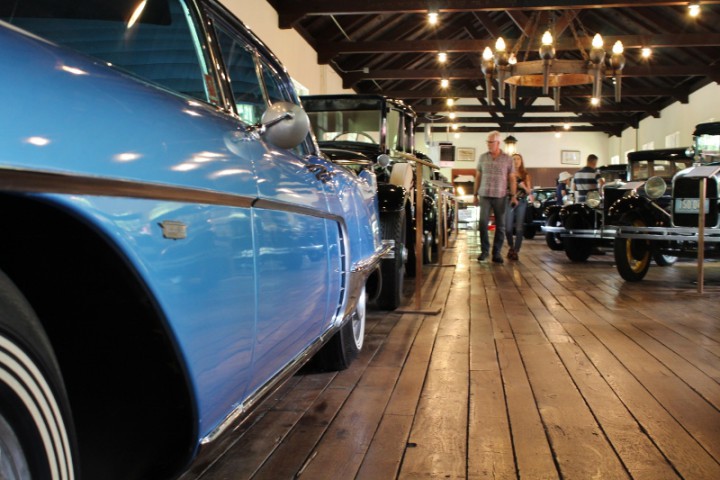
Russell Gale, a cabinet maker and the General Manager at Grovewood Village explained the significance of the property and how it connects throughout Asheville.
“I think that this is a unique property because it’s tied to the Vanderbilt Estate and Edith Vanderbilt,” Gale said. “It’s tied to the Grove Park Inn, not only we’re next door, but this was Seely’s property — he bought that from Edith Vanderbilt. He was E.W. Grove’s son-in-law, first General Manager of the Inn. So this is sort of this interesting thing that links a lot of these iconic properties in Asheville. And I think these days, you know we’re all looking for something to do, and it’s rare that you can come somewhere like this, basically for free, and you can spend a whole afternoon, get a bite to eat, get some food, take in some history.”
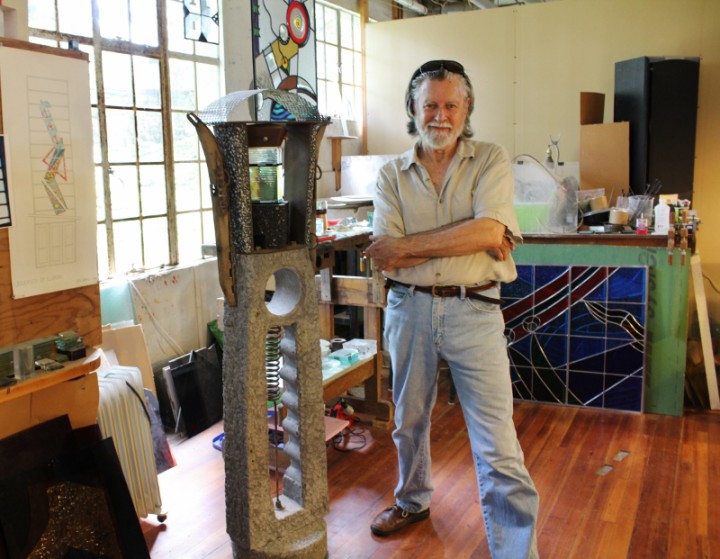
Gale also reflected on what it meant to be celebrating a centennial. “We all kind of see Asheville as this place for makers and for craftspeople,” Gale said. “And so I think 100 years of making is a big deal, and we’re still carrying it on with studio artists and promoting the work of them and many others.”
Along with a visit to the historical museums, guests could also observe presentations such as Melanie Wilder’s natural dye demonstration. As an instructor at Warren Wilson College, Wilder supervises the fiber arts crew work program, teaching students the importance and efficiency of natural dyes.
“I always wanted to be a farmer, that was like my vision as a child: ‘I’m going to grow up and be an organic farmer,’” Wilder said with a chuckle. “Growing vegetables was really, really hard. If you wanted to be an organic farmer, the beans get eaten and the tomatoes rot. So I discovered that growing dyes was a lot more rewarding, and satisfying, and it worked. So I’ve been growing my own dyes for the past five or six years, and just learning new dye techniques as I have time.”
Her demonstration on Saturday included experimenting with mordant printing, a chemical process that’s needed for the natural dye to adhere to the cloth molecules.
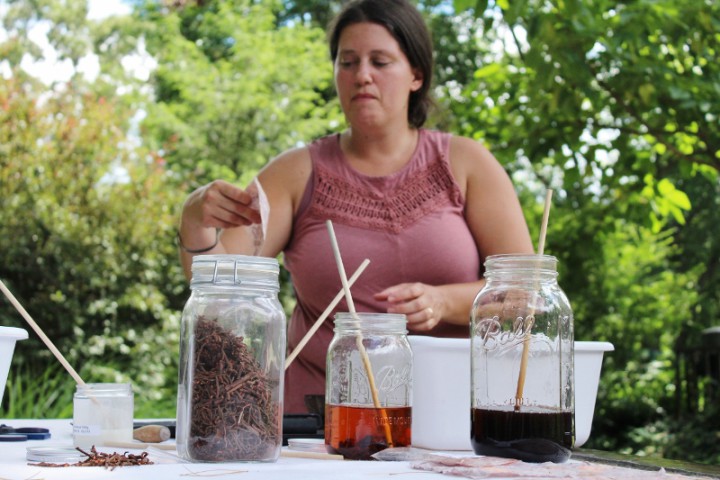
Inside the Grovewood artist studios, visitors talked with crafters, painters, sculptors and artists working in other mediums.
Ceramic artist Helen Purdum spoke about time she and fellow ceramic artist Lisa Gluckin spent at Penland School of Crafts. One class, instructed by Christina Cordova in 2005, especially influenced her. Purdum said she still isn’t entirely sure why she chose ceramics as her medium, but that there must be a reason. “I think I’ve done this before in a couple of different lives, because I have no formal art training,” Purdum said.
She enjoys sculpting the human condition, in all its forms.
Lisa Gluckin said she’s worked with clay since 1993, but it hasn’t been her only passion. In Manhattan, she worked in theater, radio and other areas. Everything shifted, however, when she moved to Asheville. “I came here to focus on clay and to study at Penland, and to truly — this is the truth — to try focusing on one particular passion, because I’ve got so many. And to see if maybe by doing that I would soar or something like that, or become healthy, or something,” Gluckin said.
She said her love for clay makes sense, coming from her childhood and her personality. “I grew up really wanting to touch my family a lot, like a very physical person, massaging, feeling a lot of power to the touch,” Gluckin said. “I first really started out with Silly Putty and couldn’t stop playing with it and kind of always wanted to play with clay. There’s something about the tactile and the connectedness. It’s just very, is the word ‘visceral?’”
Gale said the celebration highlighted the importance of the space, as well as the pros and cons of being unique.
“We hear all the time that we’re sort of a treasure or kind of a hidden gem,” Gale said. “That’s a cool thing; it’s also sort of a shame, because I think everybody in Asheville should know about this.”



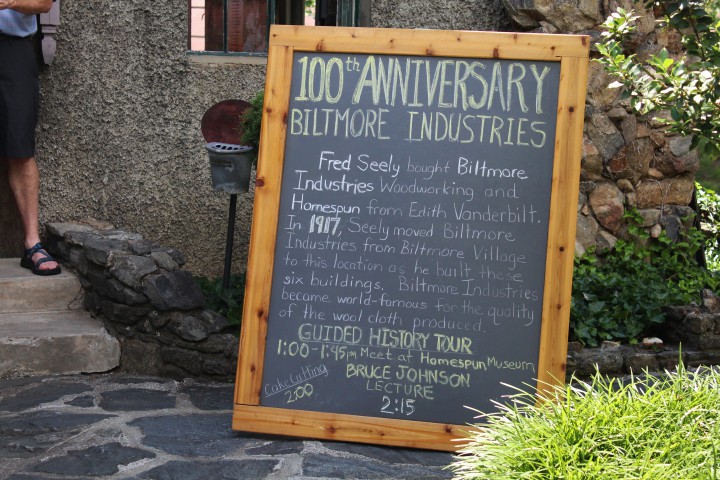
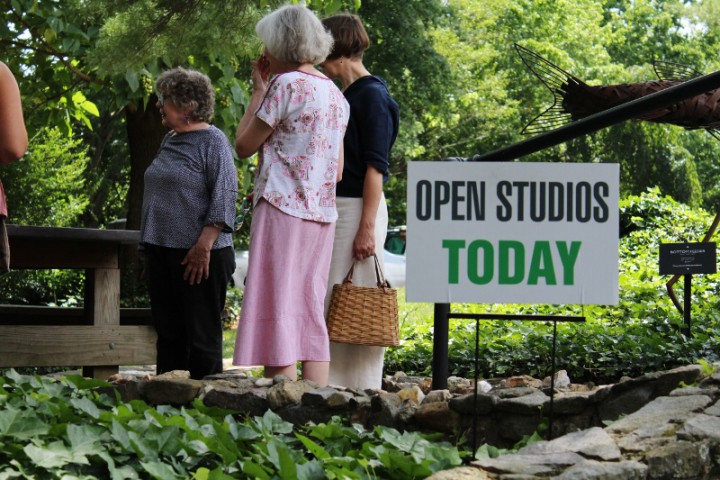
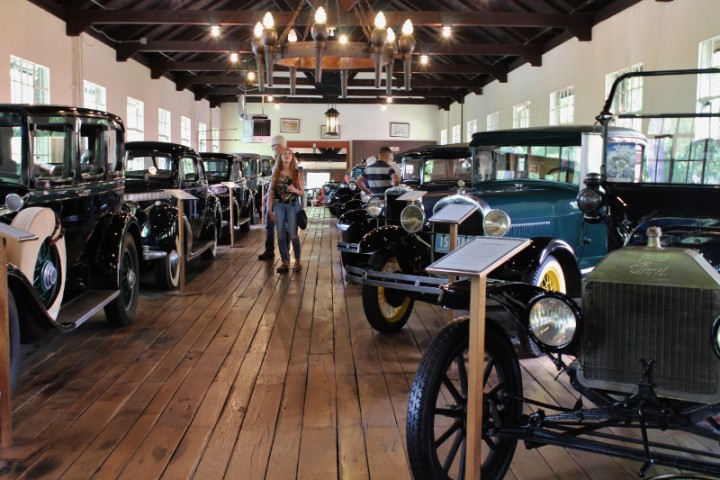
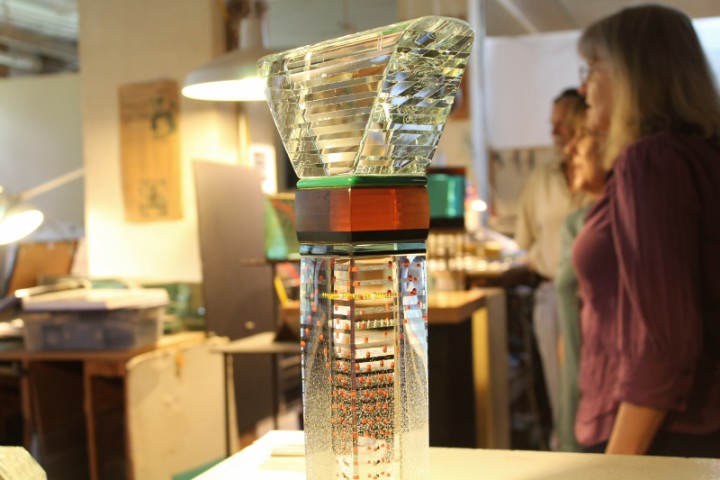
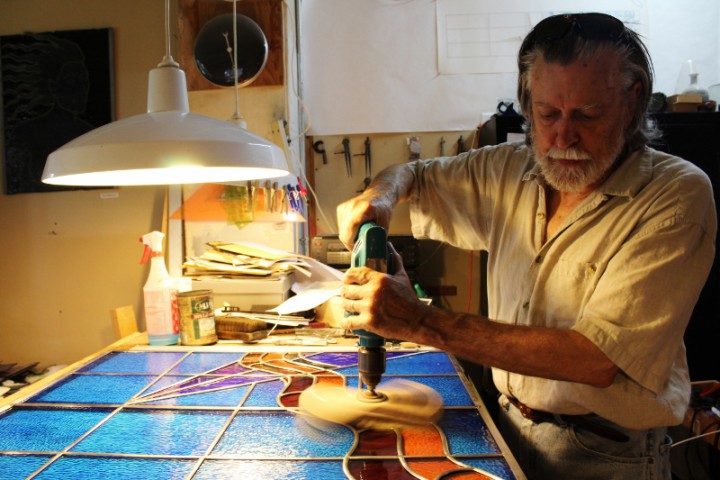
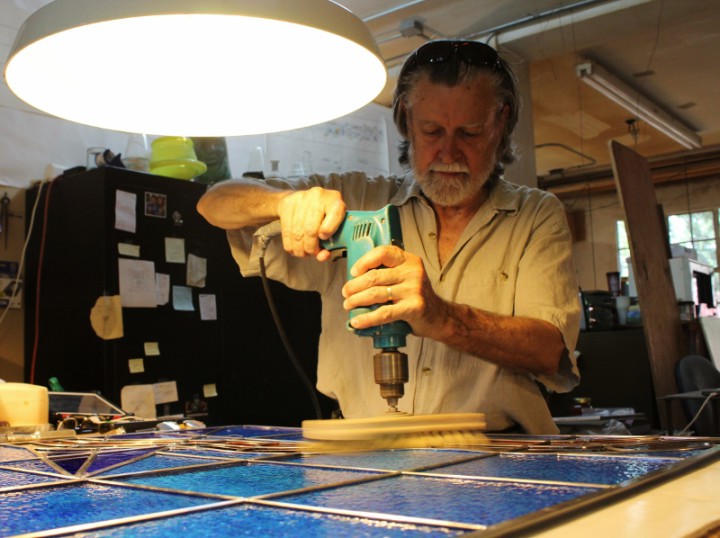
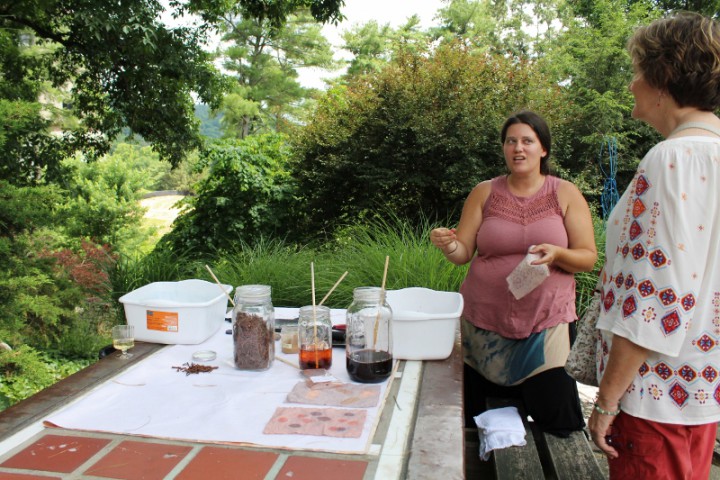
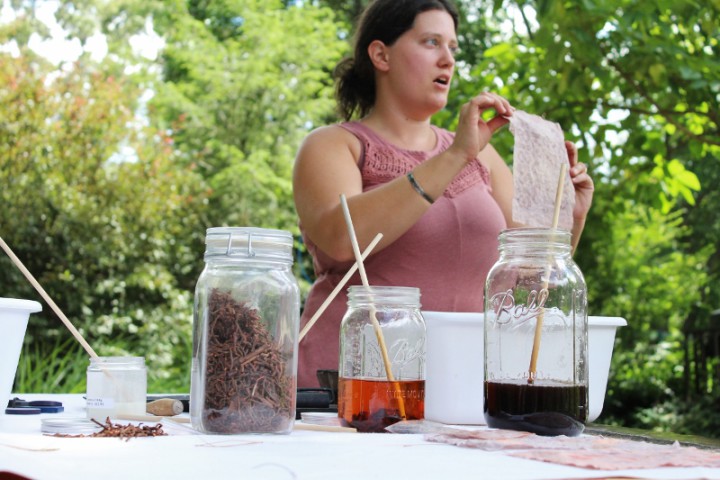

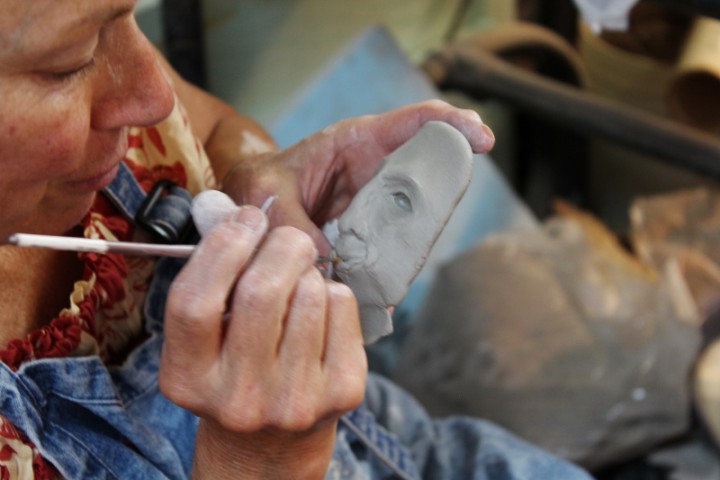
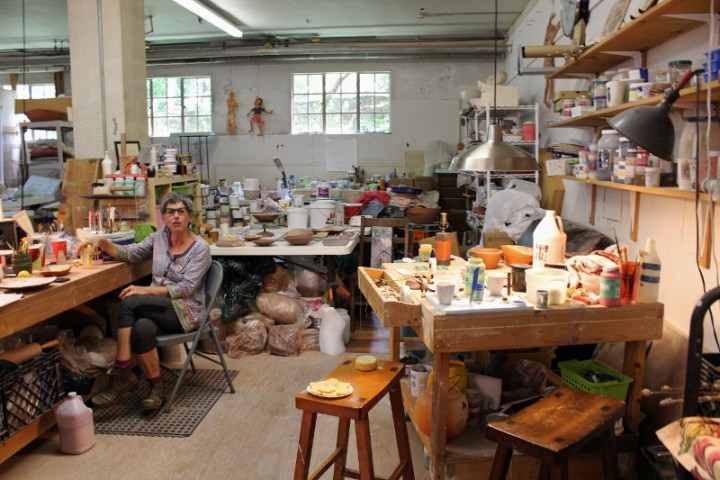
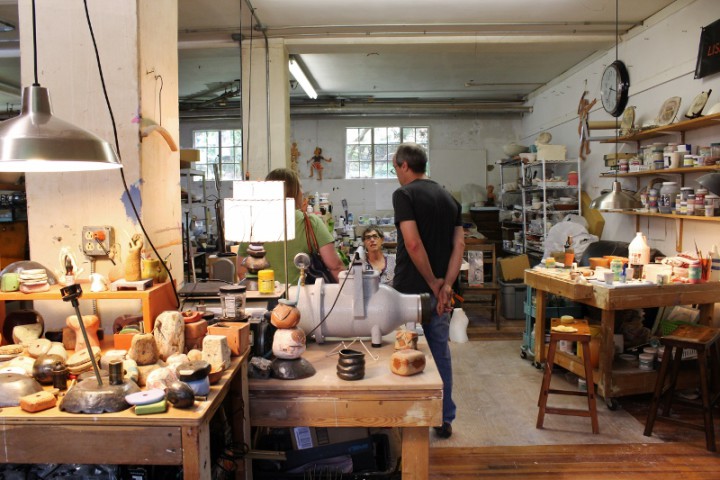
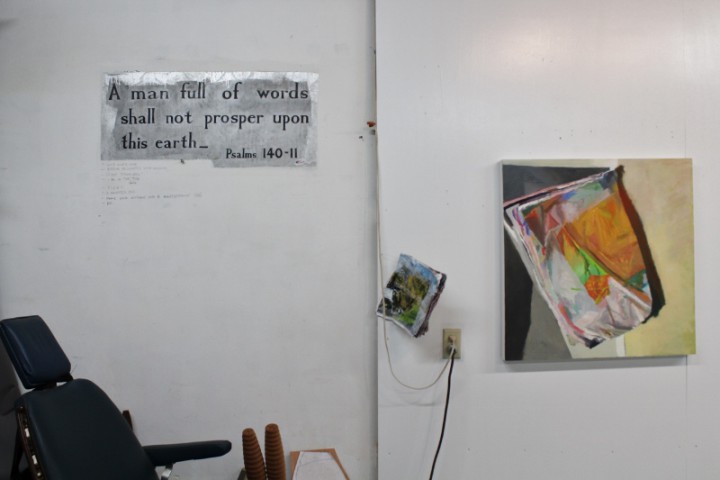
Kari:
Great article. So glad the Blomberg/Patton family members are keeping this gem of art oasis going. Fred Seely (my great grandfather) did so much for the Asheville area during his 30 year tenure there. He helped bring a lot of jobs in with his work. Biltmore Industries, ENKA 1929(he knew the Dutch rayon fiber company members from his quinine supply search time in Java in 1899, donated some land in Chunns Cove area to Mission Hospital (Mission sold it to buy the land on Biltmore Ave.), gave money to a downtown shoe store to supply free shoes for 1000 children each December. History gets lost and paved over as time moves on. Yes? After he died, his widow, Evelyn Grove Seely, more or less gave the Seely Castle Sunset Mtn. property in 1959 to the institution that was to become UNCA (they sold it to move to present location).
Fred Seely passed the Biltmore Industries complex to his son, Fred Seely, Jr. in 1942 when Fred, Sr. died. Fred sold it to the Blombergs in the 1950’s. Fred Seely (d.1942) and Evelyn Grove Seely (d.1953) and Fred Jr (d.1991) are all buried at Calvary Church in Fletcher NC
Thank you. BC